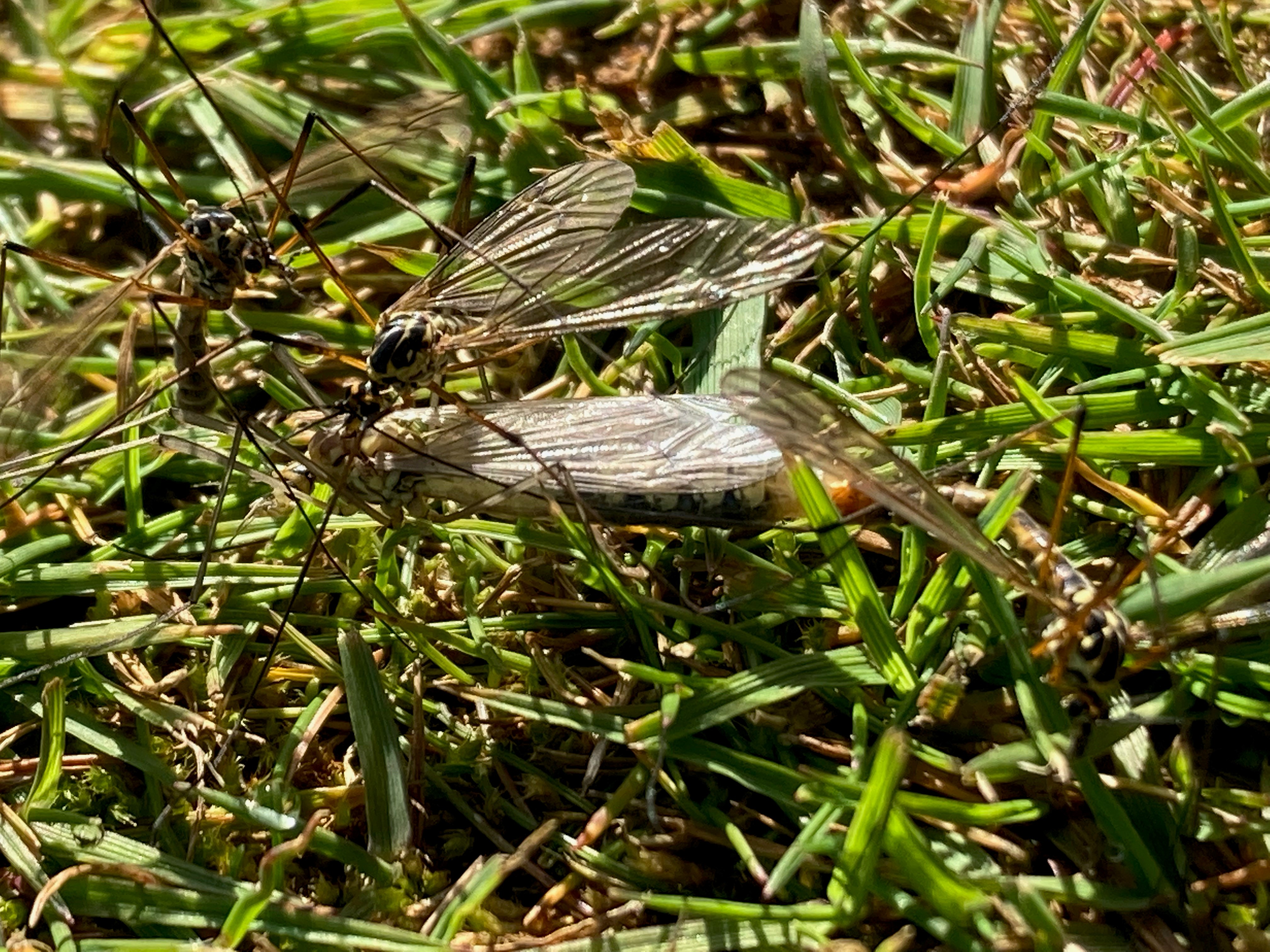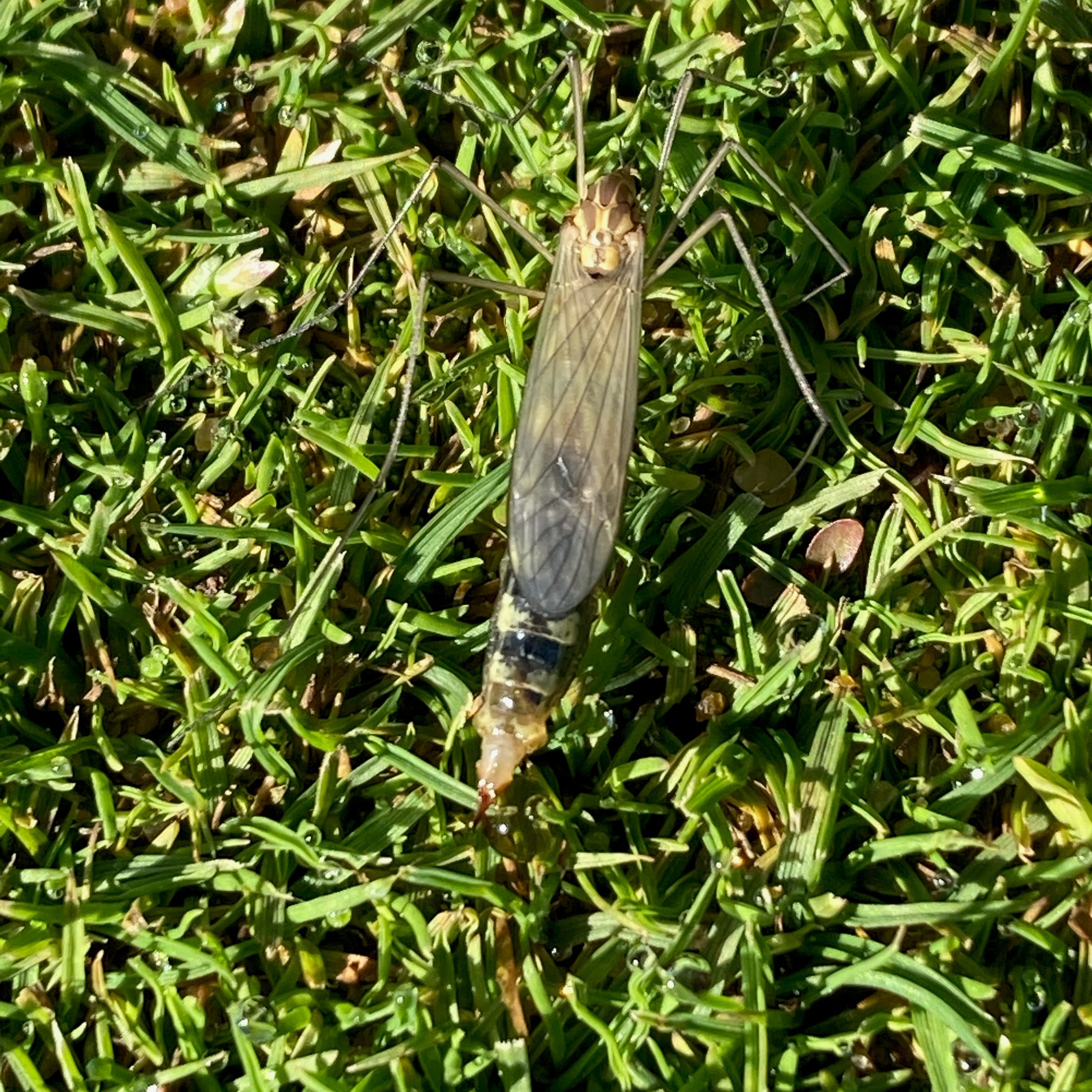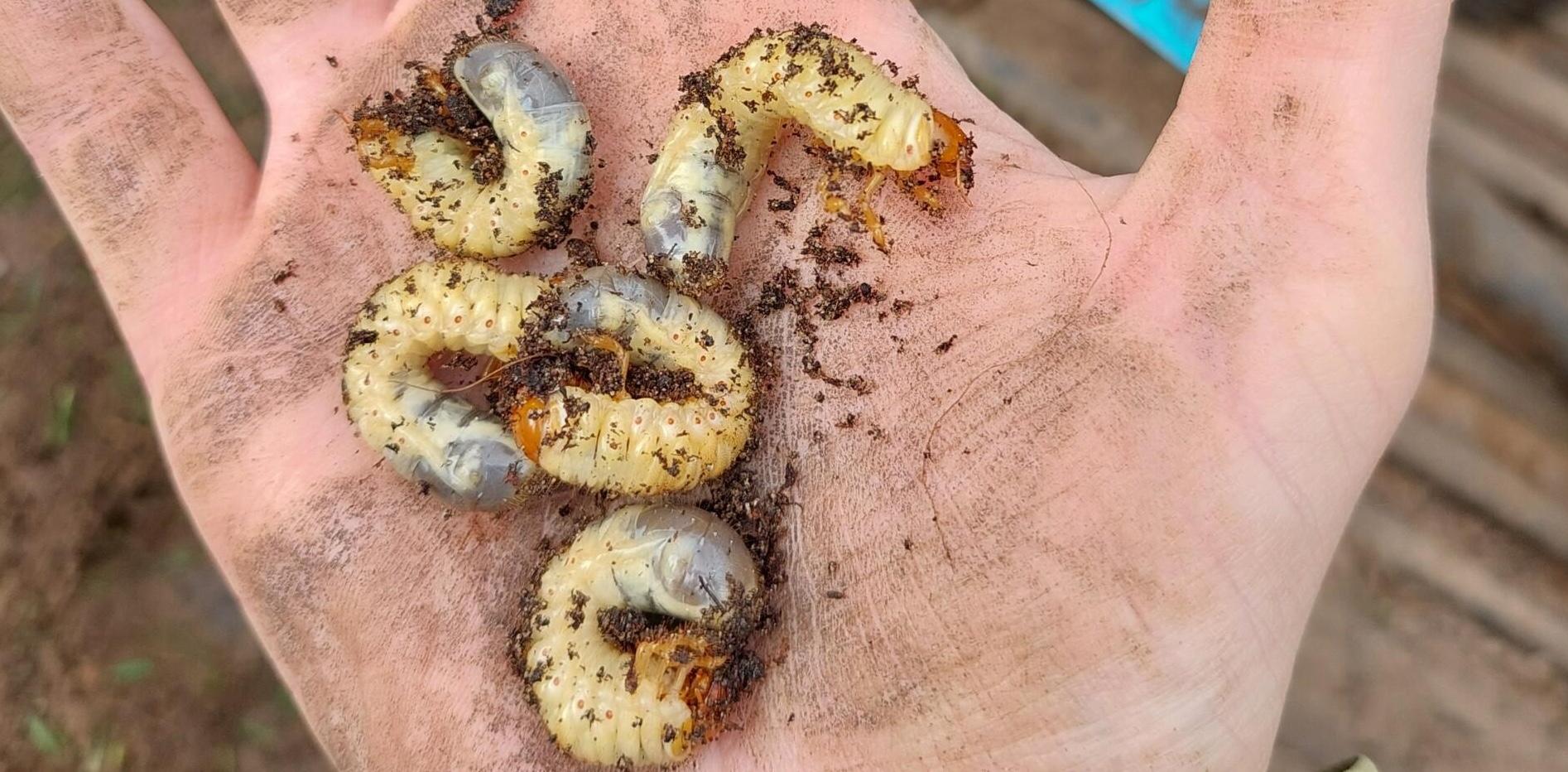The last couple of weeks have been all about LeatherJackets and forgive me for continuing to share my thoughts.

The recent Webinar I did with BIGGA to discuss the challenge has increased the number of conversations I've had about this subject and shown me how little I know as well as how much we have to learn.
I do smile when I get asked many questions about this subject as I simply don't know the answer and I'm struggling to find anyone who knows the answers about leatherjackets in sports turf in the UK.
This brings me nicely to the latest potential piece in the jigsaw puzzle. The last few days I've received some photos from people of Cranefly, which is great because it helps me build a bigger picture of what's going on.
The images aren't of either of the two species that we have traditionally associated with turf (European and Marsh) but these images are of the Spotted cranefly. I was out on the road around Buckinghamshire and Oxfordshire this week and saw exactly the same myself.
There are around 300 species of cranefly in the UK but I've been taught that only 2 of them cause issues. It appears that the spotted cranefly which is known to hatch in May is out there at the moment getting involved and from what I'm seeing is happy to lay its eggs in greens as well.
This species is easily identified from the Marsh Cranefly (which is what I expected to see at this time of year). The Marsh Cranefly is Grey and the Spotted Cranefly is yellow and black.

There are so many species of Cranefly and the amount of information recorded about them is fairly limited, from what I can find out currently (and I'll be sure to share my further learnings as I learn) is that:
- This Cranefly will lay its eggs in May
- Eggs can sit in the soil until Autumn when they'll hatch.
- They have 12-month lifecycle
- The larvae are almost indistinguishable from the Marsh and European cranefly
So potentially we have a third player in the equation who lays at a similar time to the Marsh Cranefly but its eggs take much longer to hatch and we don't know what the driver for that hatch is (Time, Temperature, Moisture,????). When they do become leatherjackets we can't tell whether they are Spotted, Marsh or European.
I really don't know if this species causes us any problems at all but maybe, just maybe it offers part of an answer as to why we are seeing such a wide range of sizes in the leatherjackets we see in the rootzone?





